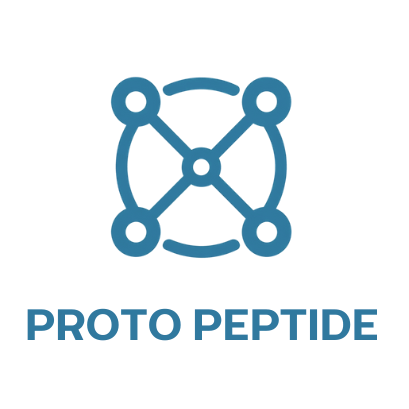Muscle and Tendon Repair Models: What Studies Say About Peptide Blends
Muscle and tendon injuries are common in both athletic and clinical populations, often leading to prolonged recovery periods and risk of chronic complications. Researchers are actively exploring regenerative therapies to enhance healing and tissue repair. Among the most promising strategies are peptide-based interventions, particularly combinations like GHK-Cu, TB-500, and BPC-157, which have demonstrated synergistic effects in preclinical studies.
The Science Behind Peptide Blends
Each peptide in this blend offers unique regenerative benefits:
- GHK-Cu has been studied for its role in tissue remodeling and inflammation modulation.
- TB-500 (Thymosin Beta-4 fragment) supports cytoskeletal organization and cellular migration, essential steps for muscle regeneration.
- BPC-157, a gastric pentadecapeptide, has shown potent effects on tendon and ligament healing in various animal models.
When combined, these peptides create a favorable biochemical environment that may accelerate tissue repair and recovery. You can explore these research peptides further on Proto Peptide.
What Animal Models Reveal
Preclinical studies in rodent and equine models show that peptide blends can enhance muscle fiber regeneration, reduce inflammatory markers, and improve tensile strength in healing tendons. TB-500 and BPC-157 appear to promote angiogenesis and extracellular matrix formation, while GHK-Cu regulates metalloproteinases and stimulates fibroblast growth, contributing to robust tissue repair.
Synergistic Action for Recovery
Peptide combinations act through multiple biological pathways, including modulation of growth factors, enhancement of blood flow, and reduction of oxidative stress. This multifactorial approach is especially valuable in complex injuries affecting muscle, tendon, and connective tissue simultaneously.
Ongoing Research and Limitations
Although preclinical results are promising, more human clinical trials are needed to determine safety, effective dosing, and long-term outcomes. Research peptides like GHK-Cu, TB-500, and BPC-157 are intended for scientific investigation and are not approved for therapeutic use in humans.
Conclusion
Emerging evidence suggests that peptide blends such as GHK-Cu, TB-500, and BPC-157 hold significant potential for muscle and tendon regeneration. Their combined effects on cellular repair and tissue integrity make them a focal point for future research in regenerative medicine.
Disclaimer
This content is for educational purposes only. It is not intended to promote or sell products, nor is it a substitute for professional medical advice, diagnosis, or treatment. Consult a qualified healthcare provider before using any research peptide. Statements have not been evaluated by the FDA or Health Canada.
